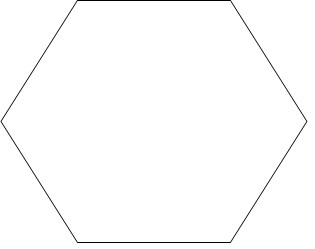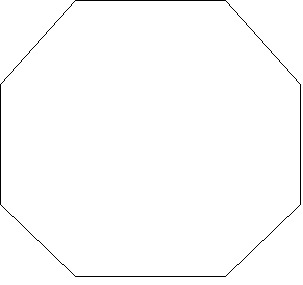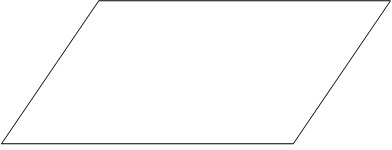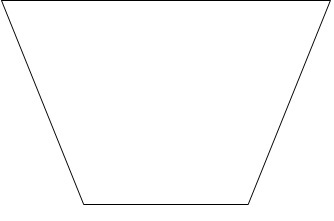Useful Quilting Formulas

There are a number of simple formulas that have been devised by quilters to help to make our creating experience easier and most importantly more accurate. The following is a selection of the formulas I like to use in quilting. I hope you find something here that’s helpful to you.
ENLARGING OR REDUCING PATTERNS
Even today with all the technology at our fingertips, we are sometimes looking to reduce or enlarge patterns using a photocopier. Here are some easy formulas for Enlarging & Reducing patterns using a Photocopy machine.
To enlarge:
FormulaSize you want divided by Size of original = % of increase
Example
Say you want a 12" block and the current size block you have is 6". You would divide 12 by 6. That would equal: 2. Then you multiply 2 by 100 and you get 200. So your answer would look like this:
12 /6 =2 x100 = 200%
To reduce:
Formula Size of Original divided by Size you want = % of decrease
Example
If you have a 12" block and you want a 3" one, you would divide 3 by 12 and you would get .25. Now multiply .25 x 100 and here's your calculated answer: 3/12=.25x100 = 25%
CONVERTING METERS TO YARDS OR YARDS TO METERS
Computer technology these days has allowed us to download patterns from all over the world. Sometimes, when downloading instructions,some confusion occurs over the type of measurement that is used in the host country, be it yards or meters. Here’s the formula for calculating meters to yards and yards to meters.
Firstly, it is helpful to know that there are 39.37 inches in a meter, and conversely a meter is 3.37 inches larger than a yard.
Formula for converting meters to yards:
Formula Meters x 39.37 / 36 = Yards
Formula for converting yards to meters:
Formula Yards x 36 / 39.37 = Meters
Example
A reel of thread has 2000 meters. To calculate how many yards there are the calculation would be:
2000 x 39.37 / 36 = 2187 yards of thread on that 2000 meter spool of thread.
LENGTH OF BINDING FORMULA
When preparing to bind your quilt it is sometimes useful to be able to calculate exactly how long your binding will need to be, so that you make sure you make enough. There’s a simple formula:
Formula Length of Binding = 2 x quilt width plus 2 x quilt length plus 10” for joining
Example
So your quilt measures 65 wide by 78 long.
(2 x 65) + (2 x 78) + 10 = 296 inches of binding
296 / 12 = 24.6 feet
24.6 / 3 = 8 ¼ yards of binding.
ROTARY CUTTING GEOMETRIC SHAPES
With the advent of the rotary cutter, it is possible for quilters to cut all manner of shapes. With rotary cutting one cuts strips and from these strips shapes are cut. Here’s the formula for calculating the size of the strips to be cut for each geometric shape.
Equilateral Triangle
Formula Strip width = finished height plus ¾”
Half Rectangle
Formula Strip width = finished height plus 11/16 ; Cut length = finished length plus 1 5/16”
Diamond
Formula Strip width = finished height plus ½”
Hexagon
Formula Strip Width = finished height plus ½”
Octagon
Formula Strip Width = finished height plus ½”
Parallelogram
Formula Strip Width = finished height plus ½”; Cut length = finished length plus ¾”
Trapezoid
Formula Strip Width = finished height plus ½”; Cut length = finished length (long side) plus 1 ¼”

Related Articles
Editor's Picks Articles
Top Ten Articles
Previous Features
Site Map
Content copyright © 2023 by Judie Bellingham. All rights reserved.
This content was written by Judie Bellingham. If you wish to use this content in any manner, you need written permission. Contact Judie Bellingham for details.










